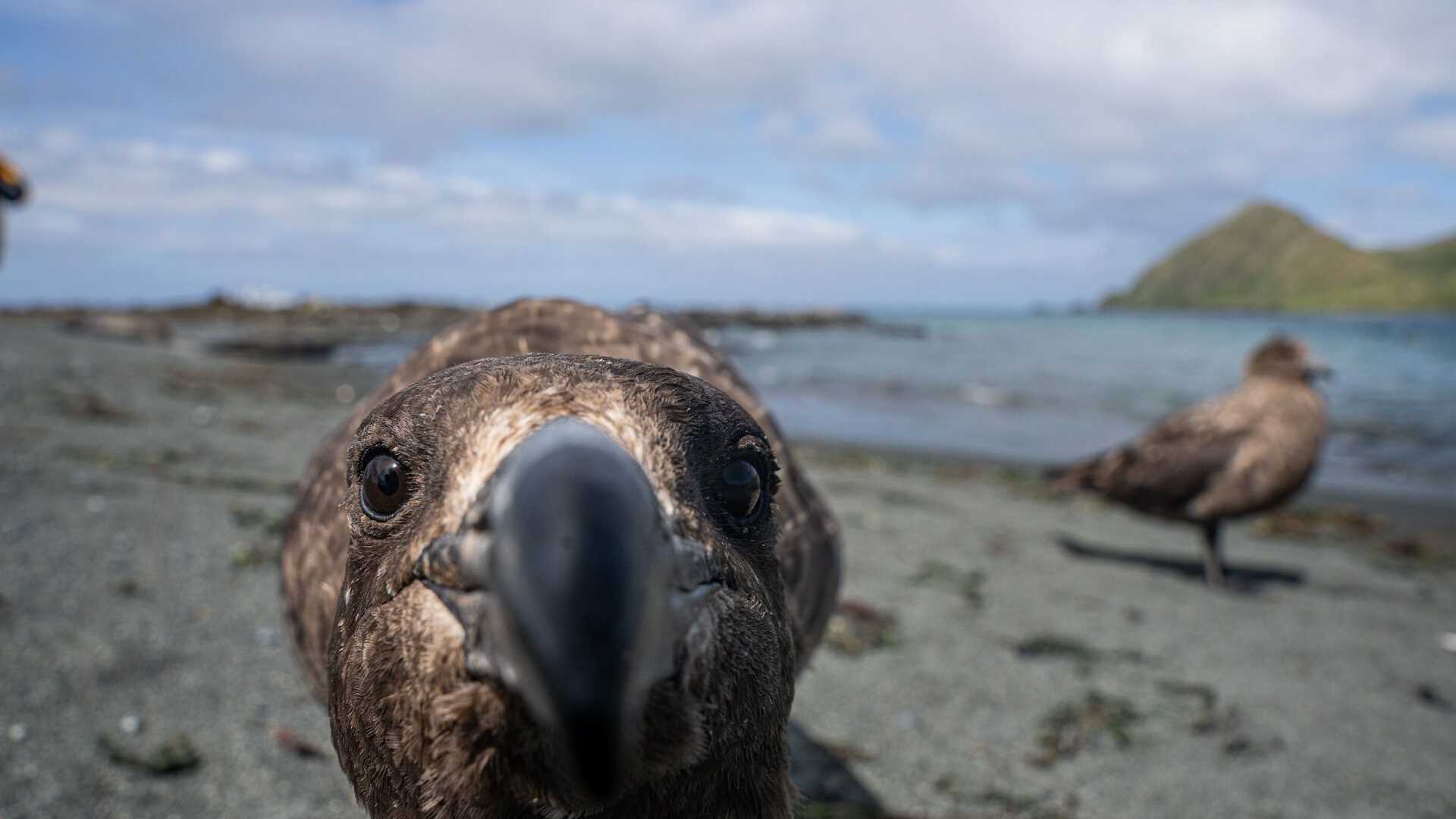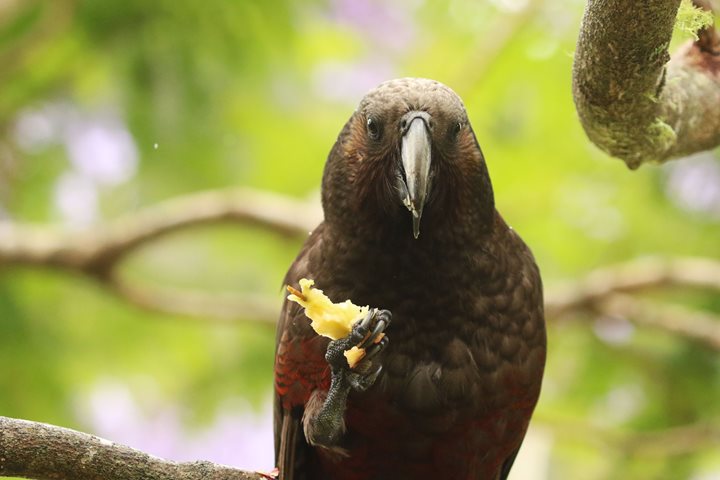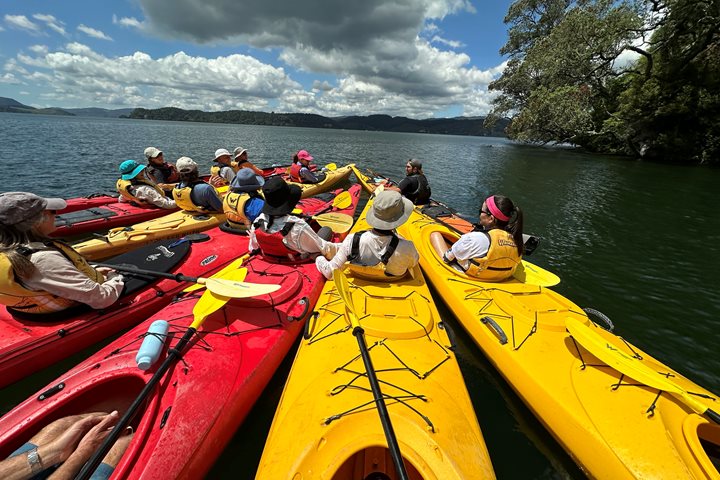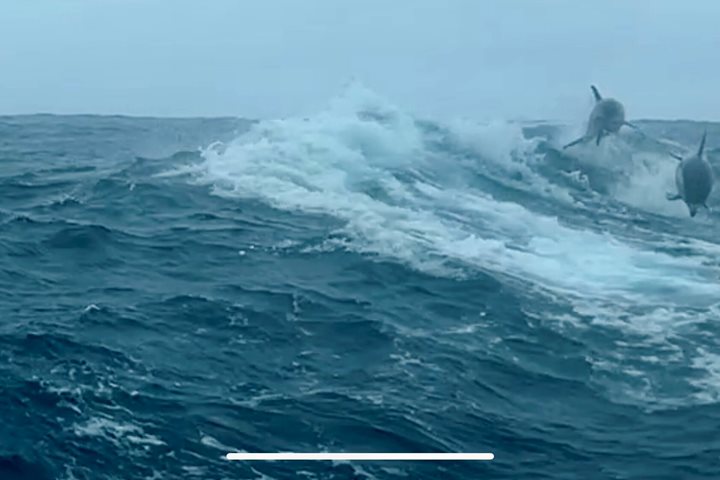Today we found ourselves visiting what is undoubtedly the highlight of this expedition. Macquarie Island, a sliver of land halfway between Australia and Antarctica, is home to an abundance of wildlife with lots of elephant seals, skuas, and giant petrels, including the white morph. The island is also home to king, gentoo, and rockhopper penguins. Macca, as our Australian shipmates refer to it, resembles South Georgia at first. Macca has an added bonus, the endemic royal penguin. These penguins are characterized by a large, orange-colored bill, a white face, and a yellow and orange crest over a black head. Visiting Macquarie isn’t easy. Strong westerly winds can make landings quite challenging, but we lucked out in the weather department. We were able to make two landings and take a Zodiac ride with sunshine and blue skies.
12/21/2024
Read
National Geographic Orion
Great Barrier Island, New Zealand
Due North of Auckland, New Zealand lies a secluded archipelago known as the Bay of Islands. National Geographic Orion motored within this paradisical labyrinth to reach Great Barrier Island. A dedicated group of conservationists have been fighting a winning battle against invasive mammals for the last several decades. Today, our National Geographic-Lindblad explorers were the beneficiaries of this inspirational project. Awaiting our arrival on the docks was the highly endangered New Zealand brown teal. As if to thank the conservationists for his survival, the precious feathered wonder posed for photographs in the morning sun. As we meandered through floral gardens, we were serenaded by the New Zealand tui as they hopped from branch to branch in search of juicy nectar. After reaching the island’s summit, we were greeted by a Maori conservationist who explained the importance of the forest to his people. We eased our way through a canopy of ancient tree ferns to the prize of the forest, a giant kauri tree. It stood defiantly among the ferns as a testament to the island’s ecological recovery. A swaying canopy bridge allowed each participant to walk within touching distance of this marvel of the New Zealand forest.









